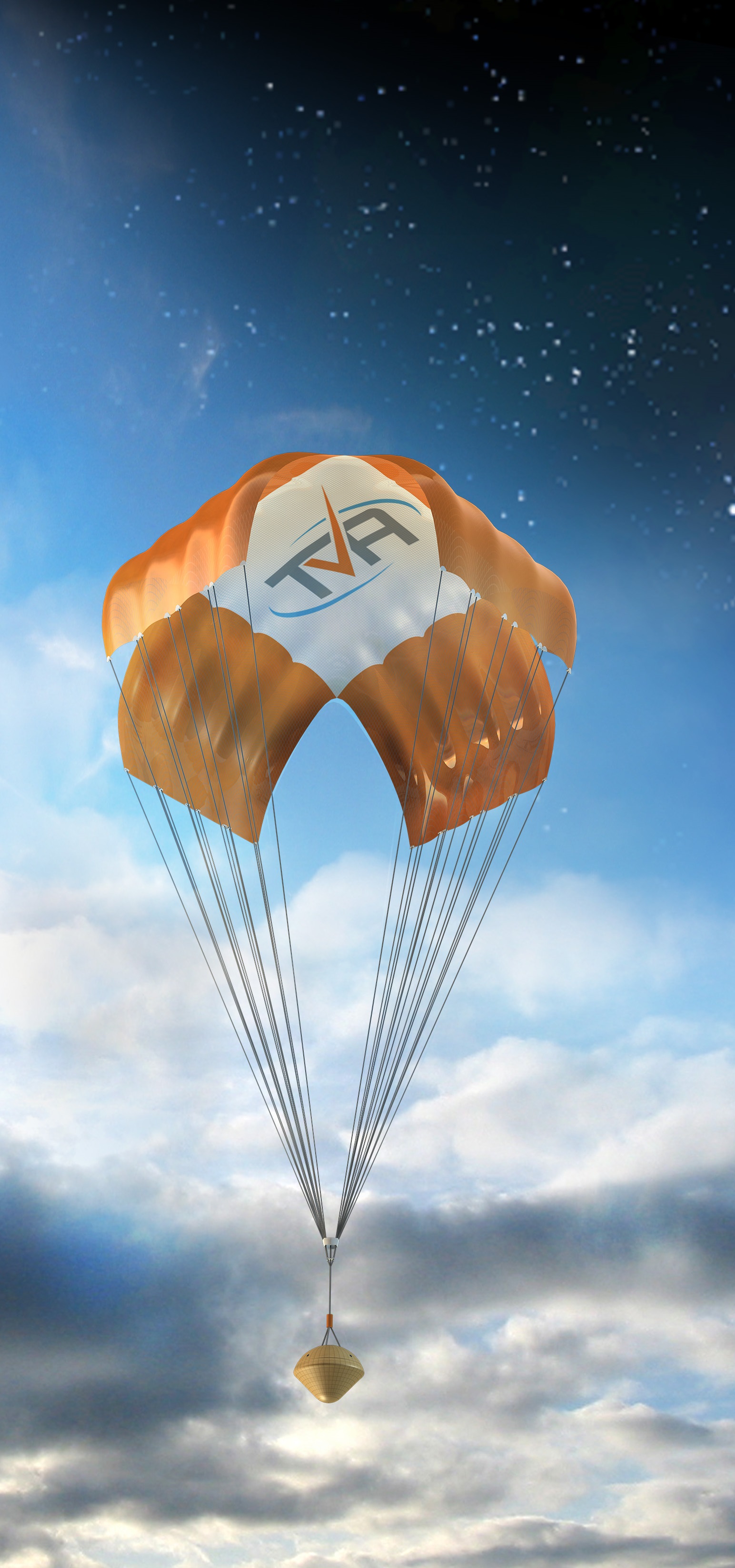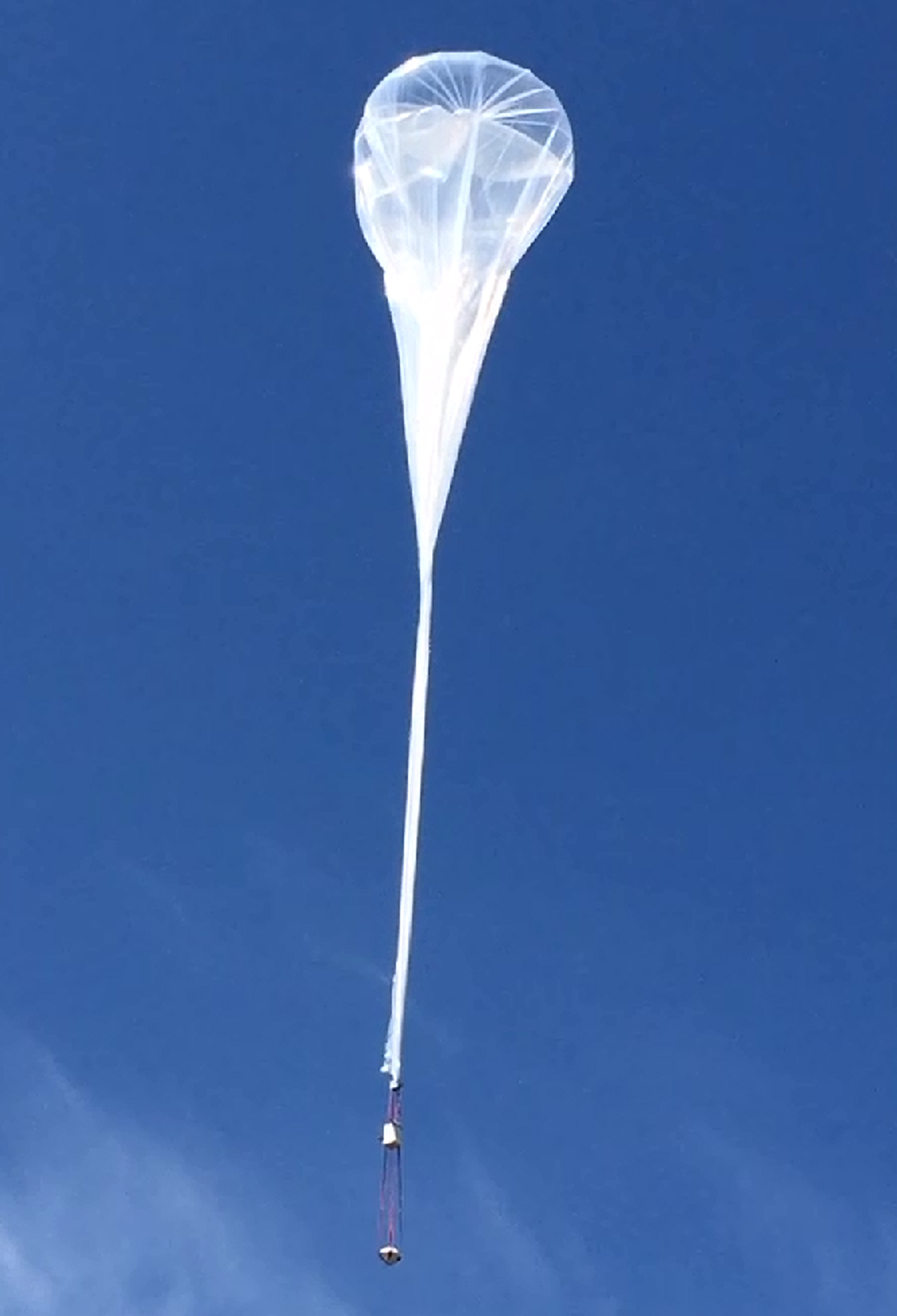Stem Cells Survive Wild Ride on Prototype Space Capsule

Despite a rough landing, stem cells riding in a prototype capsule survived a long fall back to Earth during a drop test — part of an initiative to research the cells in space.
The RED-4U capsule was created by Terminal Velocity Aerospace (TVA) to return science experiments to Earth and carried a cargo of adult stem cells, which can grow into any cell type. The cells, provided by the Mayo Clinic, are thriving despite a parachute's deployment issue, the company's CEO said. The failure's cause is being investigated, but is not related to the parachute design.
"That [Mayo] experiment is going to fly to the International Space Station, where they're looking at how the stem cells grow in space," TVA CEO Dominic DePasquale told Space.com. "There is evidence, from prior testing, that they will grow up to 10 times faster in space and have higher purity and other advantages as well." [Watch: Stem Cells in Space]
During the recent test flight, which was primarily aimed to demonstrate low-cost communications systems and electronics, the balloon carried the capsule to a height of about 20 miles (32 kilometers) before descending on a similar trajectory to something returning from space. TVA plans to fly a RED-4U capsule in space in the coming years. The flight test was funded by NASA's Flight Opportunities Program and used a balloon from Near Space Corp.
The Mayo Clinic has a $300,000 grant from the Center for the Advancement of Science in Space (CASIS) to develop techniques for growing stem cells in space, but a flight date has not been announced. CASIS manages the International Space Station U.S. National Laboratory.
Reaching beyond Earth
TVA also tested a technology known as ADS-B, a new flight protocol that allows airplanes to get "situational awareness" about other flights. The Federal Aviation Administration plans to use ADS-B to supplement traditional radar tracking and perhaps replace it. With ADS-B, a RED-4u capsule returning from space would need only a minimum of ground support for tracking, DePasqaule said.
The new research lays the groundwork for getting a capsule ready for space. Ground testing and more parachute tests are planned before this next step, which could see RED-4U soar beyond Earth in one of two different ways: as an International Space Station payload, or as an independent satellite that launches aboard a yet-to-be-determined rocket.
Breaking space news, the latest updates on rocket launches, skywatching events and more!
TVA is also working on several products to transmit spacecraft information, such as RED-Data, which gives more information about how a spacecraft behaves during re-entry. In 18 months to two years, TVA plans to fly a RED-Data package aboard a space station cargo vehicle that breaks up during re-entry; the specific vehicle hasn't been selected yet.
The company was founded in 2012 and serves organizations that "are interested in the idea of space-based research and small payload return," DePasquale said. With three principals, four full-time employees and several contract workers, the firm is profitable and has slowly growing revenues, he added.
Follow Elizabeth Howell @howellspace, or Space.com @Spacedotcom. We're also on Facebook and Google+. Original article on Space.com.

Elizabeth Howell (she/her), Ph.D., was a staff writer in the spaceflight channel between 2022 and 2024 specializing in Canadian space news. She was contributing writer for Space.com for 10 years from 2012 to 2024. Elizabeth's reporting includes multiple exclusives with the White House, leading world coverage about a lost-and-found space tomato on the International Space Station, witnessing five human spaceflight launches on two continents, flying parabolic, working inside a spacesuit, and participating in a simulated Mars mission. Her latest book, "Why Am I Taller?" (ECW Press, 2022) is co-written with astronaut Dave Williams.


